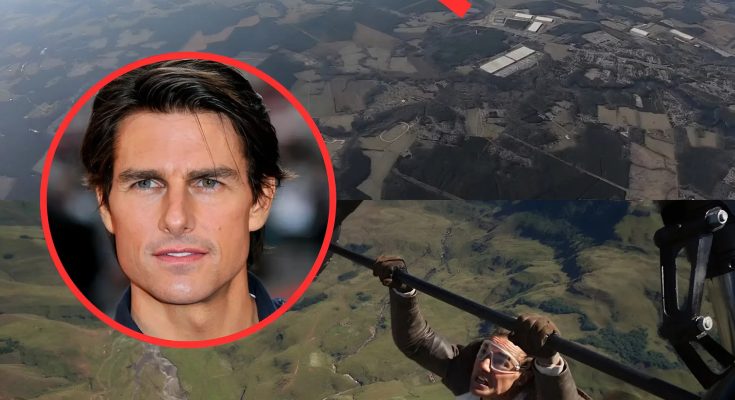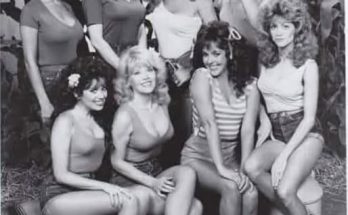The cliffs of New Zealand were a jagged cathedral of stone and sky, the perfect stage for Mission: Impossible’s latest chapter. The set was a whirlwind of adrenaline—choppers buzzing, cameras swooping, and Tom Cruise, the man who lived for the impossible, dangling 1,000 feet above a churning sea. He was Ethan Hunt in the flesh, his face set with that familiar grit, defying gravity for a stunt that would make audiences gasp. But that day, the line between movie magic and brutal reality blurred, and a terrible accident turned the set into a scene no one could have scripted.

I was there, a camera assistant perched on a rocky outcrop, my heart pounding as I watched Tom work. He was clipped to a harness, swinging from a helicopter against a backdrop of cliffs and clouds, his body twisting in the wind. The crew was tense—stunts like this were Tom’s hallmark, but they never got easier to watch. He called down through the comms, his voice strained, saying his back was screaming, the pain biting deeper with every take. “One more,” he insisted, because that’s who he is—pushing past limits, chasing perfection. But the wind shifted, or the rigging faltered, or fate just decided to play cruel. A snap echoed, sharp and wrong, and Tom fell.

The world stopped. A thousand feet up, a cable gave way, and he plummeted—not far, but far enough. The harness caught him, but not gently, jerking him like a rag doll against the cliff face. His shout was raw, human, nothing like the hero we knew. The crew erupted into chaos—directors yelling, stunt coordinators scrambling, medics shouting for the chopper to land. I stood frozen, my lens forgotten, watching as they lowered him to a ledge, his body limp, his face pale but fighting to stay conscious.
Blood stained his gear where the harness had bitten into his skin, and his back—already aching—was now a map of agony. The medics swarmed, their hands steady despite the panic, checking for fractures, stabilizing his spine. Six others were shaken in the aftermath—a rigger with a sprained wrist, a stunt double clipped by falling gear, and crew members rattled by the near-disaster. The chopper airlifted Tom to a hospital, its blades slicing through the silence that had settled over the set. We waited, breathless, as whispers spread: broken ribs, a fractured vertebra, a man who’d cheated death too many times finally caught by it.

The worst came later, a gut-punch no one saw coming. One of the riggers, a quiet guy named Luca who’d checked the cables that morning, collapsed under the guilt. They said it was a heart attack, stress and grief colliding, and no medic could bring him back. His loss hit the crew like a second blow, a life ended in the shadow of Tom’s survival. The set shut down, the cliffs standing sentinel over a production now haunted by what happened.



